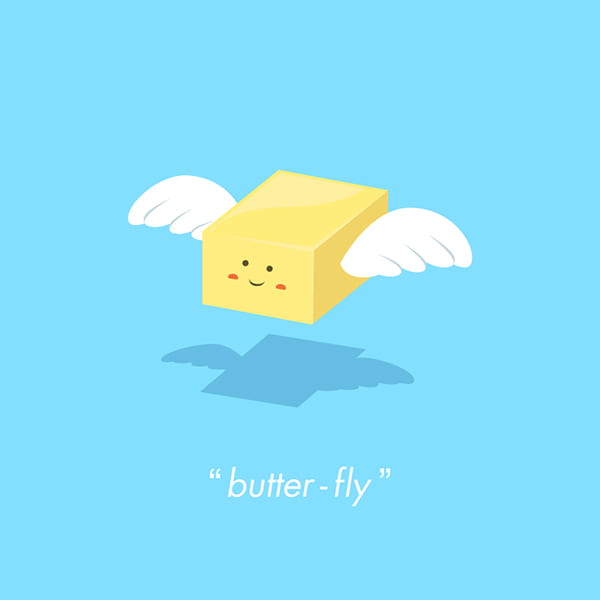Salutations.
I have always been told by my teachers and parents that PLP students are not afraid of anything. As someone who has been in the program for two years, I can disprove that statement. There is only one thing that scares a PLP student, and that is Destination Imagination.

You may or may not have seen my DI blog post from last year, where I recounted my adventures in the Technical Challenge. If we were to make an educated guess as to how my grade 8 DI year went, all you would need to know is that I was on team Mechanica. So yes, it would be safe to say that last year went badly. Fortunately, this meant that there was nowhere to go but up. This year, I partook in the Scientific Challenge, the First Encounter along with Julia, Alex, Kaden, Ben and Meg. We called ourselves Not Fast, Jut Furious. With spirits high, I was ready for a great, and accomplished DI year.
Process
Step 1. Recognize.
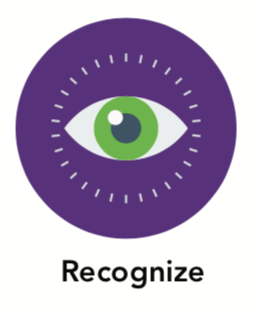
We began our DI endeavour by learning more about our actual challenge. This encapsulates the entire idea of the recognize stage, for we did not want to talk into this blindly. Our team communicated well in this stage, we all had a good connection and none of us were afraid to share our ideas. If there were one aspect of this stage that I could carry on in the tournament, it would have been our dedication to a good outcome. On the contrary, we ended up spending far too much time simply talking about our outcome. The issue that we encountered Ed was that we almost had too many ideas. Thanks to methods such as voting (hallelujah for democracy), the ABC method and fusion of ideas we were able to overcome this barrier. In the future, I would like to see myself contributing more of my ideas. At the time, more ideas was the last thing that we needed, but in the future I will not have that reason to justify my lack of communication.
Step 2. Imagine.
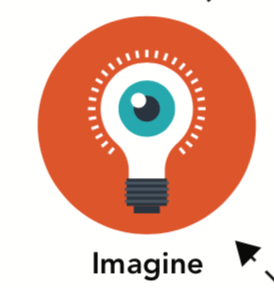
Now that we fully comprehended our challenge it was time to officiate several ideas. We did this by verbally assessing what our team goals were. In the case of Not Fast Just Furious, we wanted to finish with an expected outcome that we were proud of. We finished off this stage with Milestone 3, team roles and responsibilities. In order to do this, I needed to do my favourite thing, a quiz. I expected certain outcomes, such as logical and mathematical, but I did not expect other outcomes such as the musical outcome. Who would have known. Watch out Mozart, I am coming for your brand. What does this have to do with imagining? Good question. In order to come up with an imaginative solution, I needed to embrace every aspect of myself, even what I would have perceived as a weakness. I cannot disregard any part of myself, I need to fully dedicate to this project or else we could be missing out on an opportunity for our outcome. This Milestone aided as proof for this discovery.
Step 3. Initiate and collaborate
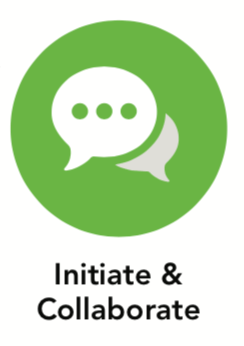
Finally, it was time to begin the construction of what was soon to be a challenge outcome masterpiece. Ok, perhaps that it is an overstatement. But you get the point. The Milestone for this competency was the task sequencing, which required us to write down a very long, and very detailed list of everything that we planned on doing.

This list ended up being an exercise of futility, as it eventually looked like it had been through the Trojan war. This is because as the clock ticked and our team advanced, we crossed out and changed many different details. Take the snake costume for instance. We had originally planned on having an ornate costume that was both reversible and shiny (a double threat). Soon, we came to the realization that in order to do this, we would need to add four additional hours to the day. So as a result, we went onto the stage with a sheet over Ben and Kaden’s head, making for an entertaining yet deranged camel look. The importance of this stage came through all of the adapting of our outcome. I feel more confident in my ability to morph a product or an idea so that it is suited to the creative restraints that I am under.
Step 4. Assess.
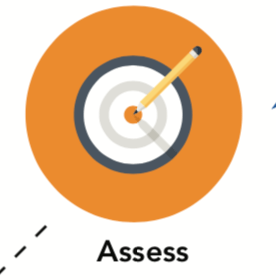
Assessing is all about examining and reiterating prominent ideas. In stage four of this process we began practicing. I am most proud of my performance in this section, because this is where I stepped up my game and began really involving myself in the conceptualization of our performance. I wrote the script, trying to provide facts that integrated into the performance smoothly. Additionally, I came up with an idea for a rotating centrepiece. We did not end up executing it, nonetheless I really liked the idea so I have decided to build it while I am in quarantine. I will update with the final product when it is complete. During the assess stage, I spent days on end at the school, working towards this challenge. I definitely should have prioritized DI over other work at this point, as the tournament was rapidly approaching and I was still trying to work around a busy schedule. In the future, I will take the time with my team to find longer periods that are suitable for my schedule.
Competencies
Research and Understand
How might I research and understand a problem, process, or challenge using different perspectives?
At the beginning of this project, I wrote a reflection that answered this question
“I will accurately depict the research that I dedicated to this project through a polished solution, accuracy of factual information, clear storytelling, and an outcome that I am proud of. I plan on elevating my task (which is the script) by making it entertaining for the audience, and effective for my teammates” – A naïve, but imaginative Ally.
I believe that I have achieved semblances to my original goals. A particular Milestone that I would like to highlight is our team roles and responsibilities, which is where I channeled difference perspectives both in myself and in others. This Milestone was a revelation for me, which is why I will carry this knowledge with me in the future. Although we did not manage to present a very polished solution, we managed to maintain an accuracy in our information as well as an entertaining edge to our performance. In the future, I would like to see myself make the research more prominent in our script. I am very proud of my group, especially because Kaden and Ben actually agreed to wear our team shirts.
Final product
The final product was not what we had expected to say the least, it was a flurry of activity and glucose filled snacks. Using my ability to research and understand, my team and I were able to overcome time, budget and resource related hurdles. In short, using the competency and milestones we were able to build a solution that placed first. Practicing our team skills, we also managed to take our instant challenge score from awfully low, to relatively impressive. We still have work to do, but we have gained the inspiration and initiative that it will take to do well in provincials.
”Good morning, and in case I don’t see ya, good afternoon, good evening and goodnight” – The Truman Show
